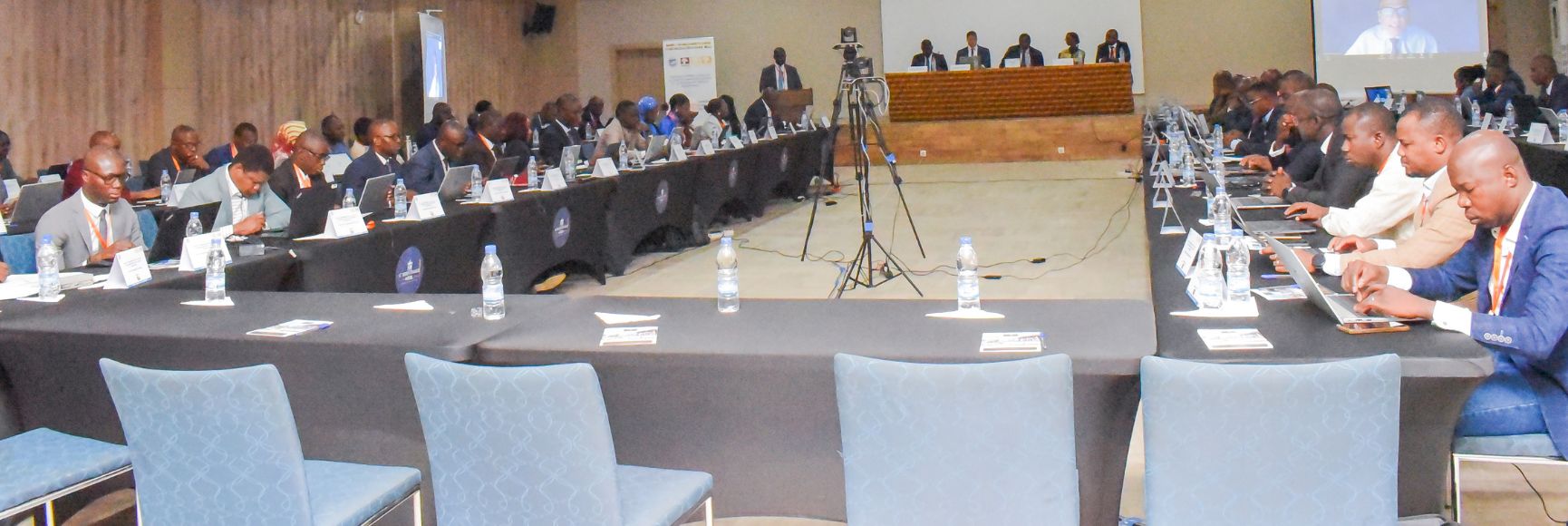Posted by Florian Misch, Brian Olden and Marcos Poplawski-Ribeiro[1]
Digital Revolutions in Public Finance…
A conference on “Digital Revolutions in Public Finance”, jointly hosted by the Fiscal Affairs Department of the IMF and the Bill and Melinda Gates Foundation was the centerpiece of the IMF’s Fiscal Forum during the April 2017 IMF/World Bank Spring Meetings. The event featured presentations by academics, government officials, IMF staff, and private sector representatives that discussed the significant impact of technological advances in the digital sphere on fiscal policy formulation and implementation. There was general agreement that the future impact of digitization is likely to be even more profound, disruptive, and faster than we could have imagined, given the current pace and breadth of technological changes.
… are already having a lasting impact on PFM systems and frameworks...
There has been a sea change in how governments manage their public finances over the last twenty years. The roll-out of financial management information systems (also known as “FMIS”) that automatically record and post government revenues and expenditure transactions to a consolidated general ledger has facilitated the capture of thousands, if not millions of actual (and therefore accurate) transactions daily. Recent World Bank studies indicate that there are 176 FMIS platforms across the globe, and more are coming on stream all the time. This innovation together with efforts over the last two decades to consolidate government banking arrangements through the establishment of treasury single account (TSA) structures has greatly simplified the recording of all government revenues and expenditures (at least in cash terms). The availability of this high frequency data presents significant opportunities for fiscal policy makers.
…which make daily fiscal data available in real time.
Traditionally, analysis using fiscal data is carried out using official fiscal reports (published either monthly, quarterly or even annually, depending on the country). These statistics are frequently published with a significant lag. Even in those economies that produce monthly fiscal reports, this publication delay can be long enough to prevent the signaling of imminent fiscal events or macroeconomic shocks. However, transactional data from FMIS systems can be produced daily, and potentially even more frequently. While daily fiscal data are typically not part of official fiscal statistics, it is usually extremely reliable when measured in terms of ex-post revisions (which are typically small, at least in cash terms). Unfortunately, this prolific source of data has largely been underexplored and underexploited by governments and other stakeholders, including multilateral organizations.
“Nowcashing” promotes the use of real-time fiscal data to enhance fiscal analysis
A new “Nowcashing” initiative, presented at the conference, showed that high frequency fiscal data is both highly accessible and useful. The initiative was initially born out of a project submitted to a “Big Data Challenge”, initiated by the IMF’s Managing Director in 2016, to better understand how Big Data might impact on the Fund’s work. The project was selected as one of the top six ideas out of over 100 internal submissions by IMF staff. It demonstrated that daily fiscal data (e.g., on tax revenue trends) can be more accurate than current official reporting channels, and also more timely. This capacity to monitor the revenues and expenditures of government in real time allows for better informed fiscal policy and the ability to spot signs of fiscal stress more quickly than is currently the case. Moreover, indicators compiled using daily fiscal data can be used to “now-cast” economic activity, which is especially useful when timely higher frequency GDP statistics are unavailable.
The way forward
The next challenge will be to operationalize the use of daily fiscal data to better inform fiscal policy, and increase the transparency of the public finances. This is already feasible in many countries, with relatively little additional investment needed. The availability of high frequency fiscal data will only increase in the future, as the digitalization of public finances progresses, and more countries automate the recording and reporting of their fiscal activities.
Ongoing improvements in technology, as well as the harmonization of accounting and reporting standards across countries, will also improve the quality of those data, thus making cross-country comparisons increasingly easy to achieve. These improvements will lead to more countries including accruals-based information in their accounting systems. Countries are also increasingly expanding the coverage of their FMIS systems so that real-time daily data becomes available for general instead of only central government, such as in Kosovo for example.
The availability daily fiscal data offers unprecedented opportunities for real-time policy analysis within countries and also facilitates cross country comparisons. The Nowcashing initiative could be seen as a first step in efforts to reap these benefits from digitalization.
[1] Florian Misch is an Economist in the Fiscal Operations Division II of the IMF’s Fiscal Affairs Department (FAD); Brian Olden is Deputy Division Chief, PFM I Division, FAD; and Marcos Poplawski-Ribeiro is an Economist in the IMF’s Research Department.
Note: The posts on the IMF PFM Blog should not be reported as representing the views of the IMF. The views expressed are those of the authors and do not necessarily represent those of the IMF or IMF policy.






